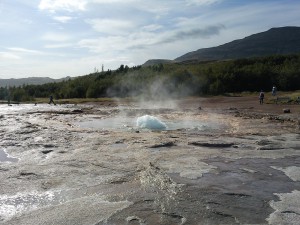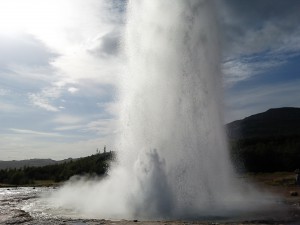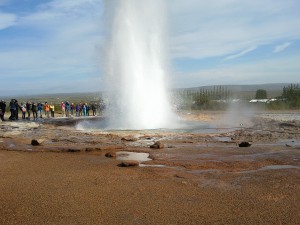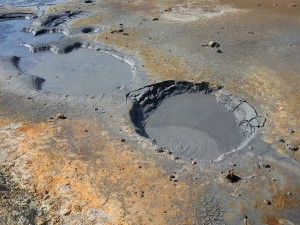Games as educational tools: Is ultra realism really required?
During my ongoing literature review I often discover interesting facts about things I’ve never thought about. Sometimes I can connect these facts with my own observations: The result is mostly a completely new idea why things are as they are. Maybe these ideas are new to you, too. Therefore I’ll share my new science based knowledge with you!
This week: This time, I think about the importance and the requirement of ultra realism in simulation computer games in order to use them as a learning tool.
The simulation computer game genre can have a lot of different shapes. The range of the realism for such a game can be from ultra realistic to a simplistic implementation of the core features. The ultra realistic game version is often very hard to understand and hard to play successfully at the beginning unless there are a lot of tutorials explaining all the different functions of the game. The arcade simulation on the other hand is much easier to access and the players can experience successes on a much faster rate. However, the challenges of an arcade style simulation game then can be exhausted quite rapidly, because it is too easy to master all the game mechanics.
Apart from these two extremes, there are a lot of games which can be placed somewhere in between. Some games are more on the arcade side, but feature more realistic features. On the flipside, some realistic games increase the accessibility by neglecting or simplifying some core elements. Finally, some games allow their players to change the realism of the simulation in order to adjust the difficulty of the game to match their very own skills.
Simulation computer games are not only entertaining but also educating. It can be much easier to understand certain facts by testing them in a simulation then just reading about them. The immediate and often also visual representation of the outcome can help the learners to develop a deeper understanding of the presented facts. Moreover, a simulation game can be even used to demonstrate some facts in class to make the learning content more interesting.
A good example for such an approach would be the education of basic principles of spaceflight and orbital mechanics using Kerbal Space Program (KSP)[1]. KSP is taking advantage of a realistic physics engine thus allowing even to calculate possible outcomes before playing the game[2]. On the other hand, KSP is also a game and does not use the ultra realistic approach in order to simulate spaceflight. In this case, it is much easier for new players to achieve successful outcomes and the visual representation is even exaggerated compared to the reality.
As an example, launching a rocket into orbit is much easier compared to real world spaceflight. KSP players do not need to take precise ascent profiles into account to reach an orbit. As long as the rocket has enough power and some kind of gravity turn is carried out, the rocket will mostly reach space without too many issues. Once in a low orbit, the view looks much more dramatic than the view from the International Space Station, because the KSP homeplanet as a much smaller radius than the Earth.
This approach makes KSP very special for educational purposes. On the one hand, it is possible to use this game to demonstrate several principles of spaceflight and orbital mechanics. On the other hand, it is not too realistic and allows the players to quickly achieve successful results. Furthermore, it also reduces the possibility of getting frustrated because of an unforgiving ultra realistic simulation.
Although KSP is using a realistic physics engine, the results can not be directly compared to real world spaceflight. This important fact can have two different dimension based on the viewer’s standpoint.
It is possible to argue that it helps to develop an understanding that the orbital mechanic principles are always valid. The learners can calculate the orbital velocity for a circular orbit in KSP and for a circular orbit around the Earth. Of couse, the results of both calculations will be different, but it can help to understand every variable of the vis-viva equation[3], because the learners need to think more about the specific numbers.
However, it is also possible to argue that this simplified approach is distorting the learning outcome, because it can not directly be applied to real world outcomes. Furthermore, it can be problematic if real world facts (like a rocket ascent profile) can not be directly simulated in the game.
Both dimensions are valid, but I think, that it is much more important to make the simulation more accessible in order to increase the motivation of the learners to use a game. Additionally, I think it is much more rewarding to compare important equations between KSP and the real world, because it deminishes the problem of just using some constants without really thinking about the values of the constants. Finally, it can be much more productive to foster the basic understanding in a motivative environment before getting really deep into the real world theories.
FInally, KSP allows the users to install some modifications which can even enhance the realism of the game. Unfortunately, this will also reduce the accessibility of the game. In this case, a good use of this feature would be to start playing the game without these modifications and adding them later on after a basic understanding has been developed.



